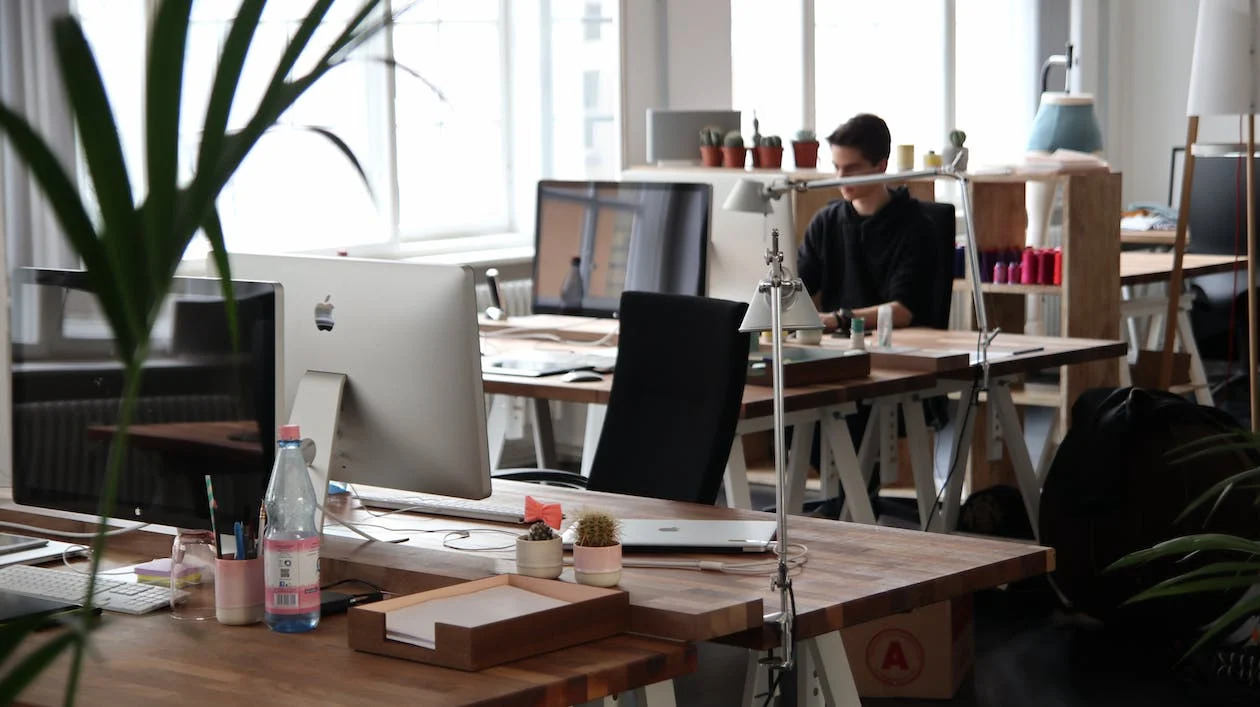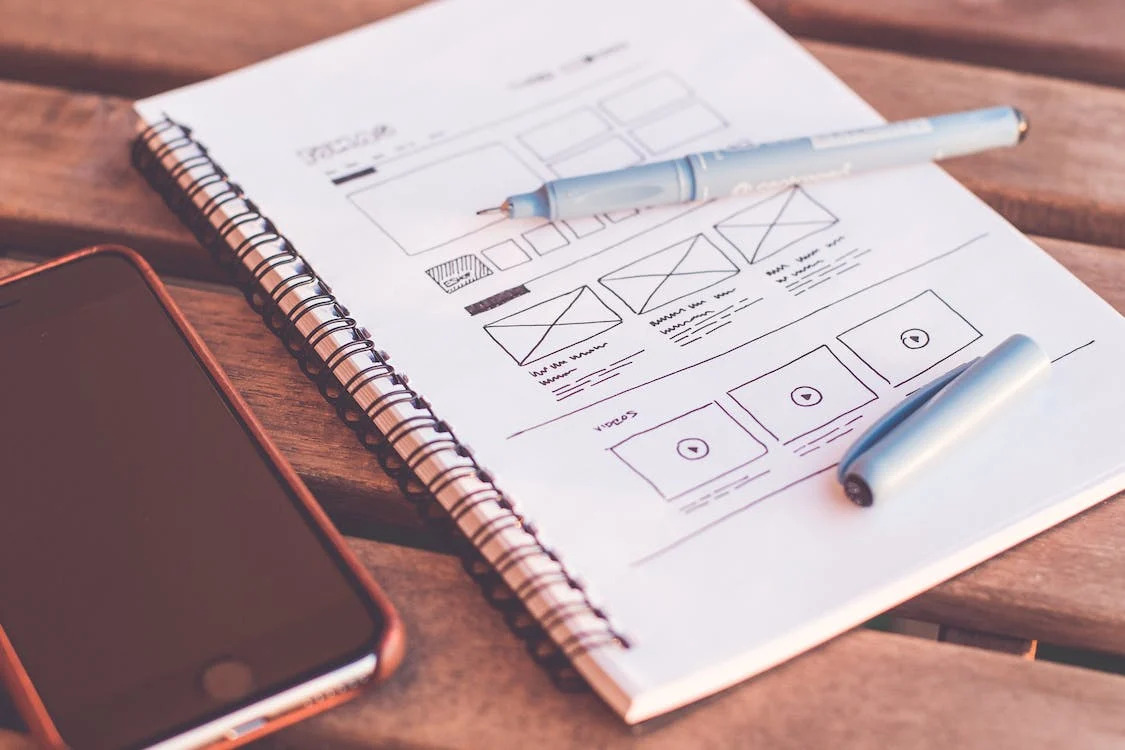Animation is an interesting job for art lovers. It requires both creativity and excellent drawing skills. So, have you ever wondered what a day in the life of a 3D animator would be like?
As an animator, I will share all the daily tasks and jobs of 3D animators at the workplace. It will give you more motivation and experience to pursue this role.
An Overview of 3D Animation
3D animation uses tools and programs to create 3D artwork. It can serve as an advertisement or a story-telling tool. Thus, the fields in which 3D animators can work are very diverse.
Animators can work for a movie studio and help produce 3D cartoons. They can also join the website and game-developing teams, and their job is to build and create visual images for these platforms.
Our survey indicates that about 63% of artists and animators are self-employed. It allows them to stay at home and seek customers via online platforms.
Besides, a larger proportion of animators join studios and animation teams. They will work on larger projects, such as a visual story or an ad campaign.
For these reasons, the exact tasks of each animator will vary significantly. The following sections will bring you more insights into their daily schedules.

A Day in the Life of a 3D Animator
The daily tasks of an animator vary based on the current projects. Yet, there are specific stages of production that most animators follow.
Here are typical activities and schedules for a working day of a 3D animator.
Working Hours and Location
Typically, they will follow a 9-to-5 working schedule. Thus, they will attend the workplace in the morning and start their duties.
Meanwhile, freelancers can choose to stay at home or attend a cafe to carry out their duties. Despite the flexibility, they all have tight deadlines to complete.
Regardless of the working style, the animators have to race with time to complete the projects. They may have to work overtime and push productivity when tight deadlines come up.
Develop Ideas and Prepare for Projects
The first phase of 3D animation is to prepare for projects. Typically, the customers will contact the team and ask for a specific project. It may be an advertisement or a 3D design.
Then, the animators will develop the ideas for the project. They will plan the steps to develop the project and fulfill customers’ needs. Also, the team will assign each member specific tasks and deadlines.
Take the 3D art of gaming characters, for instance. In this project, one member is responsible for creating the sketches and shapes of the characters. Meanwhile, another person will handle the color drawings and backgrounds.
Meanwhile, freelancers normally have to do all these jobs by themselves. They will develop the project’s ideas and handle all of its components. Thus, freelancers often work on smaller projects than large animation teams.

Drawing and Building Animation
Drawing is the main part of a 3D animator’s duties. It will consume the majority of their working hours. The tools they use will vary based on the type of projects and companies.
They will use these tools to edit the shapes and colors, and add more details to the image. They also manage and adjust the background factors like texture, light, and shadow.
Similarly, a freelancer will have to perform all those steps. Freelancers can use a single animation tool on their laptops for these tasks. They also use a drawing tablet to develop hand-drawn images.
All those design steps must follow the initial ideas and plans. Each member finishes the assigned task on time and hands it over to the group’s leader.

Recheck Their Work
The group leaders will supervise the project’s progress. They ensure that all members can finish their assignments and meet the tight deadlines. They also assist the members with their work and suggest adjustments.
All team members may attend a meeting to review the project’s progress. They will check on the quality of the images and artwork. It helps ensure that these products can meet the customers’ requirements.
After finalizing everything, the team leader will hand the product over to customers. They may change a few details to satisfy customers’ needs.
Additional Tasks and Schedules
The animation teams typically host weekly or monthly meetings. All team members will join this session to review their performance. The leader also plans on the next projects and provides members with feedback.
Sometimes an animator must attend meetings with customers. They will discuss the projects and help develop work contracts.
The animators also attend the animation workshops and conferences. They can accumulate more experience from these events and expand their network.
After Work
3D animators have plenty of time for their personal life. The employed artists will come back home and enjoy time with their loved ones after work.
Meanwhile, the working schedule of a freelance animator is more flexible. They can choose to work at specific time frames that they feel comfortable with. Yet, the amount of work they have to complete is still the same.
Most 3D animators I know love drawing at home. They can develop their own 3D collections and pursue their personal interests. Some professionals also choose to join only training courses to expand their drawing skills.

Is 3D Animation the Right Profession for You?
3D animation requires good drawing skills and excellent creativity. This job brings a combination of modern technology with traditional art.
Besides drawing ability, animators must be good at using 3D software and programs. They must be able to deal with the tight deadline.
A highly disciplined work ethic and high responsibility are essential factors to help you flourish in this field. If you love using technology for creating art and drawings, 3D animation can be an excellent career path to consider.
Final Thoughts
A day of a 3D animator revolves around drawing and designing. The tasks involved will vary based on the type and scale of projects they are working on. It also includes the planning phase and negotiation with customers.
Most freelance and employed animators will experience the same production process. Yet, the content they work on is diverse and rarely repeats. This feature makes 3D animation a challenging but fun job.
Thank you for reading!
